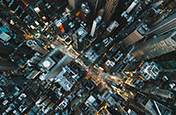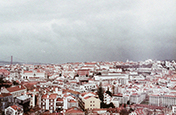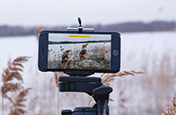How to make shot list.
Learn how to create this pre-production must-have that smoothly guides the crew through all of the day’s camera set-up.
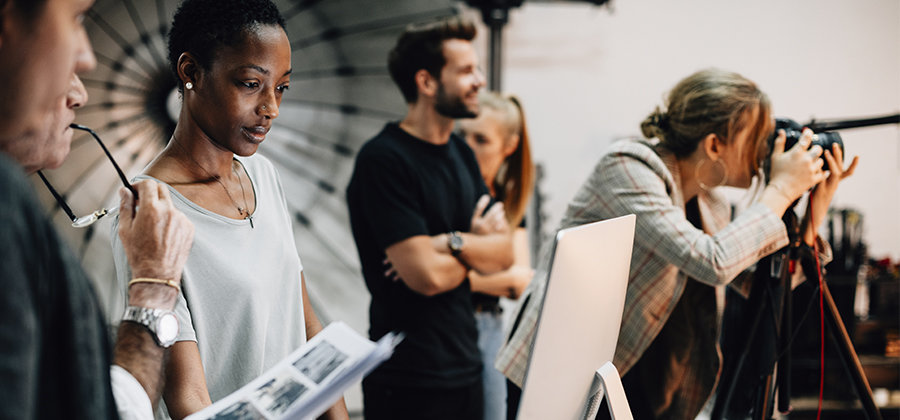
A good shot list covers all the details.
Film sets are hectic places where everything that can go wrong often does. With a good shot list, no matter what disaster strikes, you can make sure you get complete coverage — the types of shots the editor needs to cut together a coherent story.
The more you plan and think in terms of camera set-up instead of script or story, the less time you’ll waste on set. “The director and cinematographer need to walk through every scene together and determine blocking, camera angle, the necessary equipment,” director and writer Van Jensen says. With a good shot list, you’ll be able to get everything you need in one set-up before moving to the next one, minimising the number of times you have to move the camera and lights.

Think of the shot list as your cheat sheet. It will save you time later when you’re editing, because you won’t have to hunt for your coverage. You’ll know that you got the wide shot, medium shot, close-ups, over-the-shoulder shots and whatever other shots you need to tell your story.
Like a cheat sheet, your list of shots needs to be scannable. “A common mistake — and one I’ve made plenty of times — is to over-detail it,” writer and director David Andrew Stoler says. “If you have too much on your shot list, it stops being useful.” If you’re making a short film without the time or money to rehearse the blocking, you have to make on-set adjustments. In that case, your shot list should be a simple blueprint. Don’t plan for more than four or five shots per scene.
Don’t forget to take notes on your shot list while you’re on set to help you in the editing room.
What belongs on a shot list?
- Shot number and scene number.
Numbering your shots and scenes is essential to planning your shoot, organising your footage and staying on schedule.
- Location.
Knowing every shot you need at any given place ensures that you get what you need before moving on to the next location.
Make sure the director of photography, gaffer, set decorator and prop master (or friends you’ve enlisted as crew members) know what they’ll need to set up the shot.
- Camera angle.
Planning the camera angle in advance lets the crew know how and where to position the camera, as well as the people and things the camera will capture.
- Camera movement.
Is the camera fixed or panning? Tilting or zooming? Moving on a dolly, pedestal, crane? Do you need a Steadicam or drone operator? Everyone needs to know ahead of time, especially if you’re shooting outdoors.
- Scene description.
It’s easy to get confused if your film contains hundreds of shots, so a short scene description can help you stay organised.
- Audio notes.
If the scene contains dialogue, your sound mixer has to be prepared to capture it.
Should you always make a shot list?
“If you don’t have a shot list, you haven’t thought about this film and you’re in for a headache,” documentary filmmaker Dominic Duchesneau says. “You’re going to shoot way too much footage before realising you don’t have the footage you need to tell a good story.” Especially in documentary filmmaking, Duchesneau says, “The last thing you want is to show up and have no clue what you want. You don’t want to throw it on your subject and make them feel like they’re the director.”
Even small indie sets are busy places and everyone comes to the director with questions. That’s why, especially for beginning directors, the shot list is so important. It tells you what you need for minimal coverage and helps you to stick to your shooting schedule.
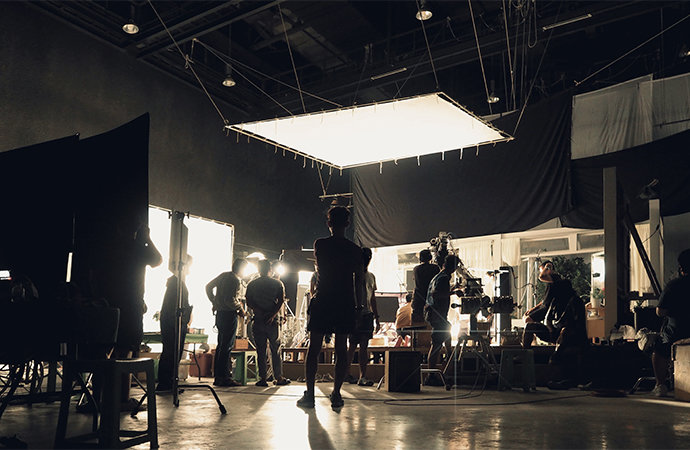
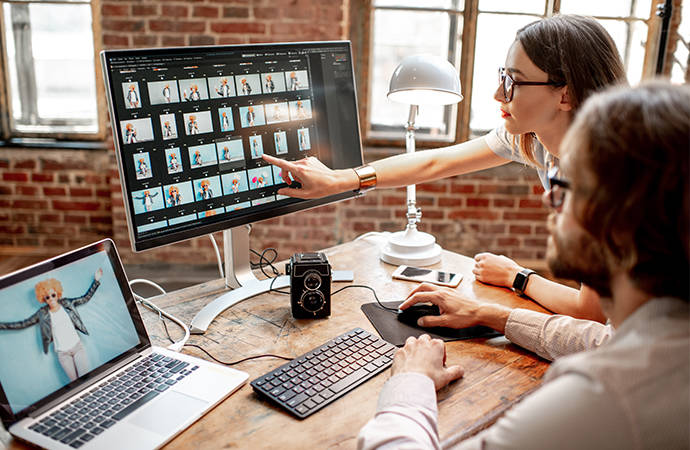
A shot list frees you to think about something other than drowning.
Knowing what you need ahead of time allows you to embrace spontaneity. “Things come up during the shoot that you aren’t expecting and you’d better have your camera ready to roll so you can capture that moment,” Duchesneau says. Think of the shot list as a map: “It helps you to get from here to there, but there are many paths to take.”
Putting together a thorough, easily readable shot list will force you to think deeply about the logistics of your shoot. It will save you time and angst on set and in the editing room and it might free you up to capture some unexpected magic.

Contributors
Do more with Adobe Premiere Pro.
Make visually stunning videos virtually anywhere — for film, TV and web.
You might also be interested in…
Introduction to video editing.
Learn the principles of video editing and practical tips for both big and small screens.
Establishing shots are crucial because they tell us where and often when, the action is happening.
See how this technique can help bring a stylized and evocative effect to your work.
Learn how this helpful device can help you to capture great, stable footage.
Get Adobe Premiere Pro
Create flawless productions with the industry-leading video editing software.
Free trial, then incl. GST

